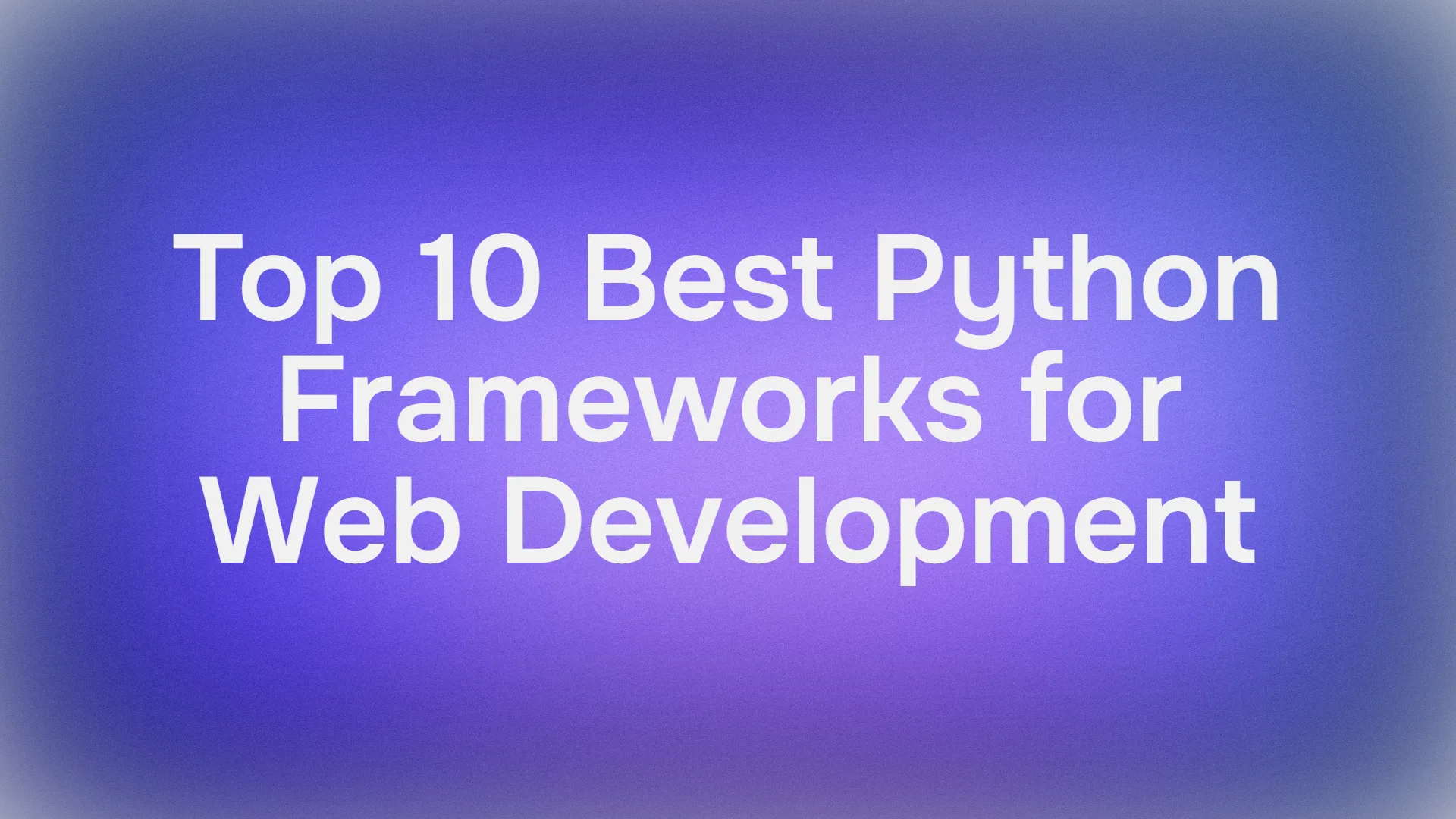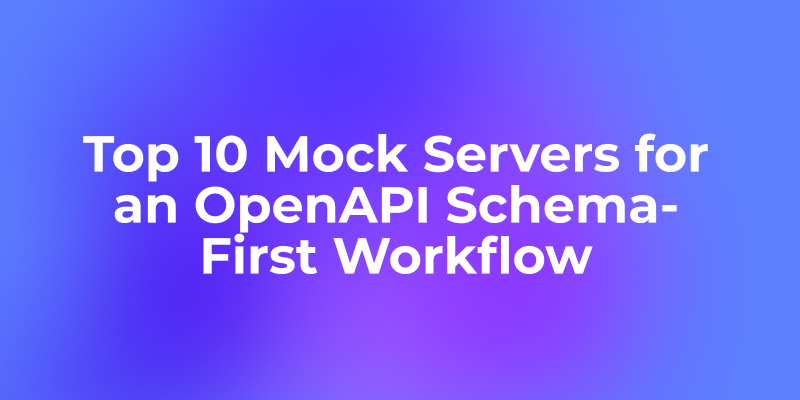SwaggerHub is a collaborative platform designed for API development, documentation, and testing. It is developed by SmartBear Software, the same company behind the open-source Swagger tools like Swagger Editor and Swagger UI.
SwaggerHub offers a comprehensive set of features to facilitate the entire API lifecycle, making it a central hub for developers, testers, and other stakeholders involved in building and maintaining APIs.

What is SwaggerHub used for?
SwaggerHub serves as a centralized platform for API development, documentation, and testing. Developed by SmartBear, it facilitates collaborative work on API specifications using the OpenAPI Specification.
SwaggerHub automates the generation of interactive API documentation, supports code generation for server stubs and client SDKs, and enables team collaboration with version control. It also offers testing and mocking capabilities, integration with CI/CD pipelines, and access control features. What's more, Apidog is another powerful but free API documentation tool that makes you easily document, manage, and maintain API documentation.
Advantages of SwaggerHub
SwaggerHub addresses the limitations often encountered with open-source Swagger Editor and Swagger UI, offering a unified solution for designing, collaborating, testing, and publishing API documentation.
The platform's dashboard provides users with a centralized view of their APIs, simplifying access and management. The integrated Swagger Editor allows real-time validation and flexible viewing options, while its cloud-based nature enables users to save their work directly on SwaggerHub's servers, eliminating the need for local file management.

One notable advantage is the automatic generation of client and server SDKs in various languages, expediting the development process. SwaggerHub excels in version control, enabling teams to experiment with new content, manage changes, and publish read-only versions.
It seamlessly integrates with source control systems, supporting collaborative workflows and ensuring version traceability. SwaggerHub also offers tools for API testing, aiding in the early identification and resolution of issues.
Additionally, SwaggerHub emphasizes security with access controls, allowing administrators to restrict modifications to authorized team members. Its customizable documentation URL and integration into CI/CD pipelines further contribute to its status as a comprehensive and efficient solution for API development and management.
Swagger Hub's Integration and Extensibility
With Swagger Hub, developers can seamlessly integrate their APIs with other tools and platforms, making it easier to collaborate and streamline the development process.
One of the main integration capabilities of Swagger Hub is its ability to integrate with version control systems such as GitHub. This allows developers to easily sync their API definitions with their code repositories, ensuring that the documentation is always up to date. By leveraging version control, teams can track changes, collaborate on API development, and easily roll back to previous versions if needed.

Swagger Hub also offers integration with popular API development frameworks, such as Node.js and Java. This means that developers can import their existing API projects into Swagger Hub and start managing their documentation from there. This integration simplifies the process of keeping API documentation in sync with the actual implementation, as any changes made in Swagger Hub can be automatically propagated to the codebase.
In addition to integration with version control and API frameworks, Swagger Hub also provides extensibility through its support for custom plugins. These plugins allow developers to extend the functionality of Swagger Hub and tailor it to their specific needs. For example, developers can create plugins to generate client SDKs or server stubs directly from the API documentation, saving time and effort.
Another aspect of Swagger Hub's extensibility is its support for custom themes and templates. Developers can create their own themes to customize the look and feel of their API documentation, making it consistent with their brand or project. This level of customization helps to create a more immersive and engaging experience for API consumers.
Swagger Hub Examples in API Development
Swagger Hub offers a range of benefits that make it an ideal choice for developers and organizations working on API projects. In this section, we will explore some real-world examples of how Swagger Hub has been used in API development.

The Drawback of SwaggerHub
Swagger Hub is a convenient tool for API design and documentation, but it comes with a few limitations. Here are some common drawbacks of Swagger Hub:
- Internet Connection Required: Swagger Hub is a cloud-based service that necessitates an internet connection. This reliance on internet connectivity can pose constraints for users in offline environments or those who are unable to use cloud-based tools due to security concerns.
- Restrictions on Free Plan: Swagger Hub has limitations on both its free and paid plans. The free plan has stringent restrictions on the number of endpoints and projects allowed. While opting for a paid plan can ease these limitations, it entails additional costs.
Apidog: Your Free SwaggerHub Alternative
Apidog is a comprehensive API tool designed to enhance team collaboration and efficiency throughout the API development lifecycle. It enables API design, development, testing, management, specification generation, and API mocking, all in one platform. Apidog's UI allows you to harness the full suite of Swagger tools' capabilities for free.
- Intuitive API Design and Specification Creation: Apidog provides an intuitive editor for crafting precise API designs and specifications. Developers can define endpoints, parameters, data models, and authentication methods seamlessly.
- Automated Documentation Generation and Visualization: Apidog automatically generates comprehensive documentation from API specifications, covering endpoints, parameters, request and response formats, and even sample code. This feature enhances user understanding of API usage and expected responses.
- Efficient Code Generation and Client Automation: Apidog streamlines the API development process by automatically generating client code in supported programming languages. This eliminates the need for manual code creation, saving valuable time and effort.
- Enhanced Collaboration and Sharing: Apidog fosters collaboration among developers by enabling simultaneous API edits, comments, and change tracking. This promotes efficient teamwork in API design and development.
- Effective Version Management and Compatibility Assurance: Apidog supports API version management. This ensures compatibility across different versions, minimizing issues and streamlining development.

- API Lifecycle Management with Apidog
Fully compatible with Swagger (OpenAPI) specifications, Apidog allows you to effortlessly export your designed API specifications to YAML or JSON formats with just one click.




